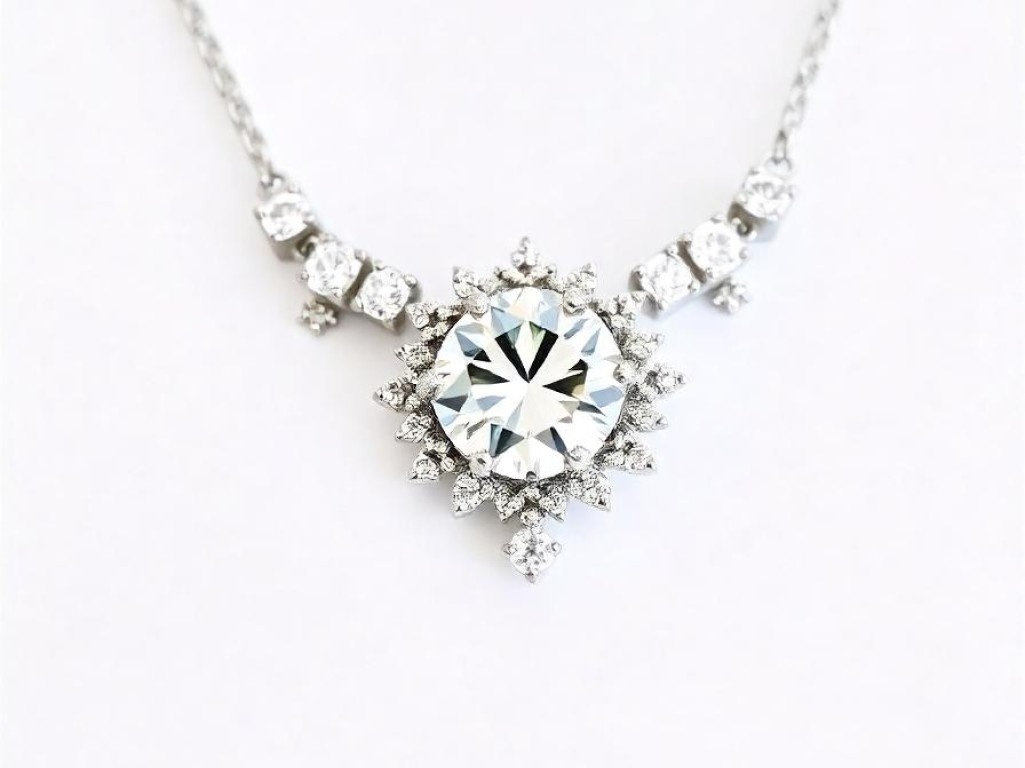Diamonds have long been a symbol of luxury, romance, and commitment. But have you ever wondered what makes diamonds so valuable? And why do they come with such a hefty price tag? In this article, we’ll delve into the world of diamonds, exploring their history, characteristics, and the factors that influence their value.
Where Do Diamonds Come From?
Diamonds are formed deep beneath the earth’s surface when carbon deposits are subjected to high temperatures and high pressure. Some stones form in a matter of days or months, while others can take up to millions of years to materialize. Most natural stones available on today’s diamond market come from diamond mines in South Africa, Russia, Australia, India, and Canada.
Alternatively, diamonds can also be grown in a lab. Lab diamonds are created by replacing the intense pressure and temperature that a natural diamond is subjected to in a controlled setting. Lab created diamonds are real diamonds. They are made from carbon and contain the same chemical makeup as natural diamonds.
The 4Cs: How Diamonds Are Graded
Diamonds are evaluated based on four key characteristics known as the 4Cs of diamond: Cut, Color, Clarity, and Carat weight. These criteria are essential for determining a diamond’s quality and value.
- Cut: The diamond cut and shape significantly influences its brilliance and sparkle. It refers to how well the diamond has been shaped and faceted. A well-cut diamond reflects light beautifully, enhancing its visual appeal.
- Color: Diamond color are graded on a scale from D (colorless) to Z (light yellow or brown). Colorless diamonds are rarer and therefore more valuable. Subtle color variations can dramatically affect a diamond’s price.
- Clarity: This measures the presence of internal or external flaws (inclusions and blemishes). Clarity is graded on a scale from Flawless (no inclusions visible under 10x magnification) to Included (inclusions visible to the naked eye). Higher clarity grades typically command higher prices.
- Carat Weight: Carat measures a diamond’s weight rather than its size. One carat equals 200 milligrams. Larger diamonds are rarer, which often leads to exponential increases in price with weight increments.
Understanding these grading factors is crucial for consumers looking to make informed purchases in a market where pricing can vary significantly based on these characteristics.

The History of Diamonds
Diamonds weren’t always the most sought-after gemstone. In the 1930s, De Beers launched a successful marketing campaign that transformed diamonds into the ultimate symbol of love and commitment. The company’s “A Diamond is Forever” slogan and strategic marketing efforts created an artificial demand for diamonds, driving up prices and making them a staple of engagement rings.
The Dark Side of the Diamond Industry
Despite their allure, diamonds have a problematic history. The diamond industry has been linked to environmental destruction, human rights abuses, and conflict. Blood diamonds, also known as conflict diamonds, are mined in areas controlled by armed groups and sold to finance their activities. De Beers’ control over the supply of diamonds allowed the company to manipulate the market by limiting the availability of diamonds, thereby driving up prices. However, this artificial scarcity does not translate to high resale value; diamonds typically retain only 20 to 40% of their original price when traded in.
The diamond industry’s marketing strategies create an illusion of diamonds being rare and exclusive, which is not entirely accurate. This manipulation of supply and demand helps maintain high prices when diamonds are sold but does not reflect their true resale value.

The True Value of Diamonds
While diamonds hold considerable sentimental value—often associated with love and commitment—their actual market value can be misleading due to industry practices that create artificial demand. Increasing awareness regarding ethical concerns surrounding diamond mining process, including issues related to “blood diamonds,” has led many consumers to seek alternatives such as lab-grown or conflict-free diamonds.
As consumers become more educated about ethical sourcing and environmental impacts, there is a growing trend towards vintage pieces and alternative gemstones types that offer similar beauty without the associated ethical dilemmas.
The Rise of Lab-Grown Diamonds
In recent years, lab-grown diamonds have gained popularity as a more affordable, sustainable jewelry, and conflict-free alternative to natural diamonds. Lab-grown diamonds are created using advanced technology that replicates the natural process of diamond formation.
Diamonds are a complex and multifaceted gemstone, with a rich history and a contentious industry. By understanding the factors that influence a diamond’s value and the impact of the diamond industry, consumers can make more informed choices when purchasing diamonds. Whether you opt for a natural diamond, a lab-grown diamond, or an alternative gemstone, the true value of a diamond lies in its emotional significance and the memories it represents.











Leave a Comment